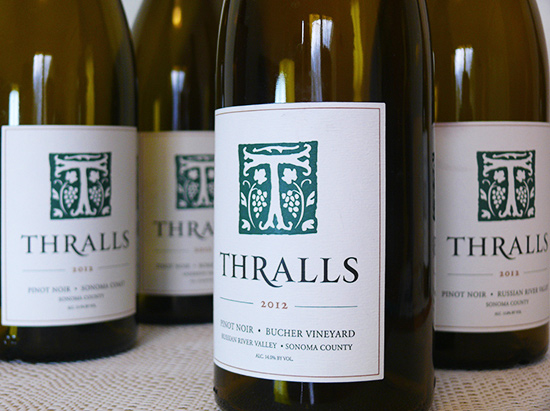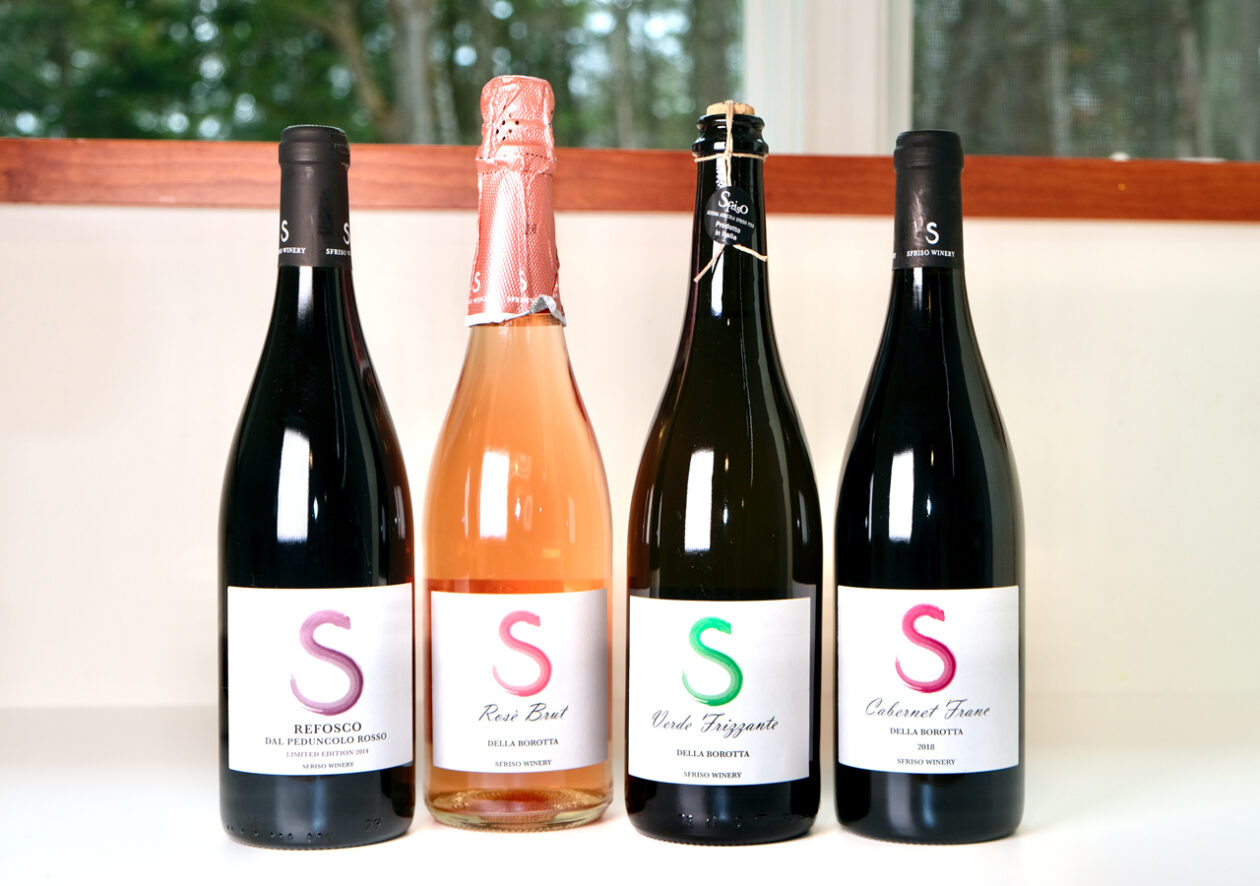A good wine has a frame, an armature, like the one inside a building or a sculpture, except this frame’s components are acid, structure, texture, and fruit. Acid for refreshment. Structure for substance and strength. Texture because we crave it. Fruit, but not too much, for deliciousness.
A great wine builds upon the good wine’s frame, adding new elements in layers. The structure is more elaborate. The acidity is more articulated and nuanced. The fruit can be youthful and primary, or evolved and secondary, but it doesn’t always read as fruit qua fruit. Other aspects join in, adding filigree, tapestry. It conjures forest, flowers, herbs, a salty sea, the full moon—your choice.
A great wine has an element of surprise. It is both stronger and more attenuated than a good wine. Its attributes may seem incongruous, contrasting: Leather and violets? Diesel and pineapple? Juniper and mushrooms? What surprises you is not that you taste and smell these things. What surprises you is that you love the wine for showing you these things.
A great wine has found new ways to shock your nose, slip across your tongue, loiter on your palate, and linger in your lower mind as it slides away. The wine leaves an imprint on you, briefly, and then the imprint’s gone, and you spring back to the person you were before you took a sip. And then you take another.
2003 Domaine François Lumpp Crausot Givry Premier Cru AC
13% abv | about $25
This Givry has been in bottle for nearly a decade, yet it feels fresh-pressed. An extraordinarily floral perfume greets you first: Asian lilies, lily of the valley, cherry fruits, cherry blossoms. The body feels spicy and velvety all at once, with plum-cherry sweetness and a surprising peppery kick at the finish. Lumpp owns a 16-hectare estate in Givry, in the Côte Chalonnaise; this Pinot Noir was grown alongside Chardonnay in the hilltop vineyard of Crausot, whose calcareous marl and oolite soils offer sweetness at the feet of these tart fruits. A study in integration.
2009 Castello Monsanto Il Poggio Chianti Classico Riserva DOCG
14% abv | $55 (sample)
A brilliant garnet body yields the essence of wildflowers, cherries, and a woodsy autumnal scent like sweet tobacco. Muscular tannins give the wine strength and nerve, while acid and red fruits lift it. Il Poggio is a small vineyard within the 70-hectare holdings around Castello Monsanto. This wine is 90% Sangiovese with a balance of Canaiolo and Colorino, two other native Tuscan grapes. Fruit was hand-harvested, vinified cool, then aged for 18 months in 500-liter tonneau, preserving its freshness and brilliance. It’s an elegant, supple, and vibrant Chianti Classico, both strong and beautifully smooth, like a dancer in a red silk slip.
2007 Azienda Agraria Scacciadiavoli Montefalco Sagrantino DOCG
15.5% abv | $39 (sample)
This garnet wine has glints of orange flame at the rim, with pearly aromatics offering the scent of earthy flowers, spicy leather, pine woods, cherries. It smells somehow both old and newly sprung, like springtime in autumn, like an autumn lit by flowers. Then the tannins arrive, like a drying wind that blows all blossoms from the trees, revealing a strong and fibrous spine. I love good Sagrantino, love this contrast between the wine’s lilting tawny sweetness and its muscular armature. It’s a wine that demands fat and meat and time; it’s not pretty, but it’s beautiful. Scacciadiavoli means “chase out the devils,” a nod to an exorcist who long ago lived near this vineyard and used these wines in his rituals. That should be enough for anyone.
Update, June 15, 2015
This article has been nominated as Best Blog Post of the Year in the 2015 Wine Blog Awards. Separately, the entire site was nominated for Best Writing. If you enjoyed this reading story and the rest of the work here, please consider casting your vote for in favor of both at this link: 2015 Wine Blog Awards Voting.





